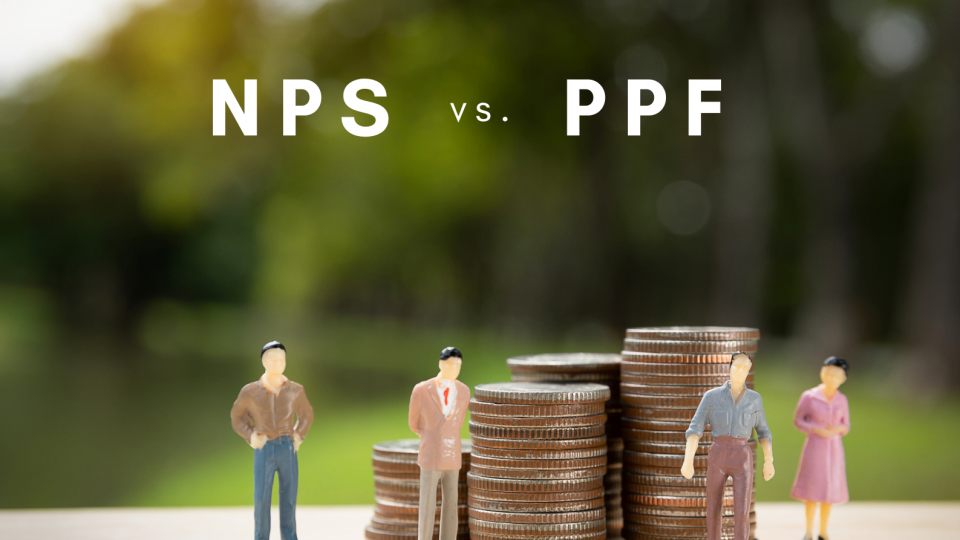Choosing mutual funds can be a daunting task especially for beginners who don’t have enough financial knowledge to find out correct mutual fund for you. There are numerous terminologies present when you open dashboard of a mutual fund. You might miss on them but those are very important as they speak about risks and rewards associated with the fund.
The first question you should ask yourself is why you are investing. Are you investing for your child’s higher education, to buy a house or for your retirement? Once the investment goals are clear you can have a vision where you want to go.
There are several parameters that you should keep in mind. These include rate of return (ROR), Investment Period (5-25 years), Year On Year Performance (YOY), Fund Size, Net Assets Value (NAV), Expense Ratio, Exit Load and Tax.
Now let’s elaborate and see the meaning of these parameters. Stick till the end and you get some tips on choosing mutual funds.
Also read:
Atal Pension Yojna: Pension With Income Tax Benefits
Rate of Return (ROR)
ROR is used to measure the profit or loss of an investment over time. It is expressed as a percentage of your investment’s initial cost. It is usually between 10-12% of a mutual fund that is performing well in the market.
Investment Period
When you have decided your investment goal it is clear when you will want to take your money out from the mutual fund. If you are aiming to invest for long term (20-25 years) then invest in Small Cap mutual funds because your risk appetite will be more. If you are investing for 5 years, go for large cap mutual funds because risk is very low.
Year On Year Performance
It is a very effective parameter to evaluate financial performance of a fund. Investors always take a look on YOY to gauge on financial stability and performance. YOY is a financial comparison parameter where two or more measurable events are compared on an annualized basis.
Fund Size
It tells about the overall value of the capital held by the mutual fund in the current market. Fund managers determine the fund size of a mutual fund. Note that bigger fund size means investors rely on the holdings of the mutual fund.
Net Assets Value (NAV)
NAV is the value of an entity’s assets minus the value of its liabilities. But higher NAV solely doesn’t mean that the mutual fund is good, you have to look at all the parameters.
Expense Ratio
It measures how much of a fund’s assets are used for administrative and other operating expenses. An expense ratio is determined by dividing a fund’s operating expenses by the average dollar value of its assets under management. It should be less than 1-1.5 %.
Exit Load
It refers to the fee that Asset Management Companies charge the investors at the time of exiting or redeeming their fund units. It should not be more than 1%. Note that if you do not take out your money before the lock in period then you do not need to pay any exit load.
Tax
Before investing always check whether there are tax benefits linked with the fund. If your profit is more than 1 Lakh then you will have to pay tax of 10%.
Few Tips For Investing In Mutual Funds
- Have clarity on investment goals
- Analyze different mutual fund schemes and then make any decision.
- Decide your risk tolerance.
- Understand Tax Laws.
- Systematic Investment Plan (SIP) is a good choice.
- It’s recommended to focus on long term growth.
- Do not take suggestions of investment portals blindly.
- Do not take any decision before doing your own research.
- Invest only when you have got all the answers.



